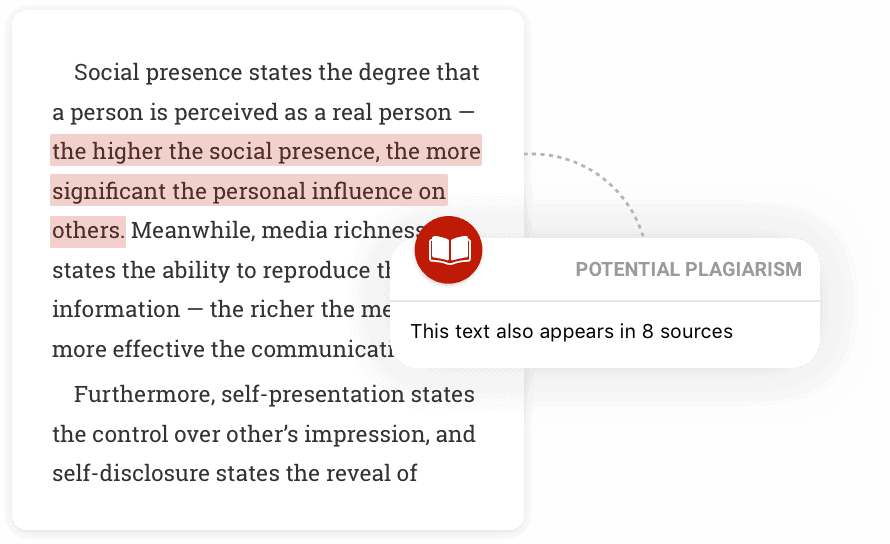12+ Lothar Von Falkenhausen Findings To Boost Historical Knowledge
The ancient civilizations of China, with their richness and complexity, have long been a subject of fascination for historians and archaeologists alike. Among the many scholars who have contributed significantly to our understanding of these civilizations is Lothar Von Falkenhausen, a renowned archaeologist and historian specializing in the ancient Chinese world. His findings, spanning multiple dimensions of Chinese history, have been instrumental in shedding light on periods that were previously shrouded in mystery. Let’s delve into 12+ of Lothar Von Falkenhausen’s significant findings that have boosted our historical knowledge of ancient China.
1. Deciphering the Zhou Dynasty
Von Falkenhausen’s work on the Zhou Dynasty, which ruled from approximately 1046 to 256 BCE, has provided crucial insights into the political, social, and cultural developments of the time. His research on Zhou bronze inscriptions has helped in understanding the administrative and ritual practices of the period.
2. Regional Approaches to Chinese Archaeology
One of Von Falkenhausen’s notable contributions is his emphasis on regional approaches to Chinese archaeology. By focusing on specific regions rather than attempting a broad, unified narrative of Chinese history, he has highlighted the diversity and complexity of cultural, political, and economic practices across ancient China.
3. Social Stratification in Ancient China
Through his analysis of burial practices and artifacts, Von Falkenhausen has shed light on social stratification in ancient Chinese societies. His findings indicate that burial customs varied significantly across different regions and social classes, reflecting a complex hierarchy within ancient Chinese societies.
4. The Role of Bronze in Ancient China
Von Falkenhausen’s studies on bronze technology and its spread in ancient China have clarified the role of bronze in the development of Chinese civilization. His work shows how bronze was not only a material for tools and weapons but also played a significant role in ritual and ceremonial life.
5. Interregional Relations and Exchange
By examining the distribution and types of artifacts found across different regions, Von Falkenhausen has demonstrated the extent of interregional relations and exchange networks in ancient China. This has provided insights into the mechanisms of cultural and technological diffusion.
6. Evolution of Writing Systems
His research into the early writing systems of China, including oracle bones and bronze inscriptions, has contributed to our understanding of how writing evolved and was used in ancient China. This includes insights into the administrative, religious, and communicative functions of early Chinese writing.
7. Musical Instruments in Ancient China
Von Falkenhausen’s analysis of ancient musical instruments, such as bells and zithers, found in archaeological sites has revealed the importance of music in ancient Chinese culture. His work has also explored the role of music in ritual and ceremonial contexts.
8. Technology and Craft Specialization
His studies on craft specialization, particularly in bronze and ceramic production, have highlighted the technological advancements and organizational complexities of ancient Chinese societies. This includes insights into how crafts were organized, the division of labor, and the role of craftsmen in society.
9. State Formation and Legitimization
Von Falkenhausen’s research on state formation processes in ancient China, including the ways in which rulers legitimized their power, has provided a deeper understanding of the political dynamics of the time. This includes the role of ritual, ancestor worship, and the use of symbols of power.
10. Environmental Factors in Ancient Chinese Settlements
By examining the relationship between ancient settlements and their environmental contexts, Von Falkenhausen has shown how geographical and climatic factors influenced the development of Chinese civilizations. This includes the impact of environmental changes on agricultural practices, settlement patterns, and socio-economic structures.
11. Comparative Analysis with Other Ancient Civilizations
Through comparative analyses with other ancient civilizations, such as those in Mesopotamia and the Mediterranean, Von Falkenhausen has contributed to a broader understanding of the commonalities and differences in the development of early complex societies worldwide.
12. Methodological Innovations in Archaeology
Von Falkenhausen has also been at the forefront of methodological innovations in archaeology, advocating for interdisciplinary approaches that combine archaeological, historical, and scientific methodologies to achieve a more comprehensive understanding of ancient cultures.
Additional Insights
Beyond these specific areas, Von Falkenhausen’s work has underscored the importance of archaeological evidence in reconstructing historical narratives. His emphasis on the materiality of culture, the significance of regional variations, and the complex interplay between technological, social, and political factors has reshaped our understanding of ancient Chinese history.
In conclusion, Lothar Von Falkenhausen’s contributions to the field of Chinese archaeology and history are multifaceted and profound. His work has not only filled significant gaps in our knowledge of ancient China but has also paved the way for future research by highlighting the complexities, diversity, and richness of Chinese civilization. As we continue to uncover the secrets of the past, scholars like Von Falkenhausen remind us of the importance of detailed, nuanced, and interdisciplinary approaches to understanding human history.
Approaching Ancient Chinese History
- Consider the regional diversity of ancient China to understand local practices and traditions.
- Analyze the role of technology, such as bronze, in facilitating social, political, and economic developments.
- Examine the ways in which environmental factors influenced settlement patterns and agricultural practices.
- Investigate the significance of ritual and ceremonial life in ancient Chinese societies.
- Reflect on the comparative insights gained from studying ancient China in the context of other early civilizations.
What is the significance of Lothar Von Falkenhausen’s research on the Zhou Dynasty?
+Lothar Von Falkenhausen’s research on the Zhou Dynasty has provided crucial insights into the political, social, and cultural developments of the time, including the administrative and ritual practices of the period.
How does Von Falkenhausen’s emphasis on regional approaches contribute to our understanding of ancient China?
+By focusing on specific regions, Von Falkenhausen highlights the diversity and complexity of cultural, political, and economic practices across ancient China, moving beyond a unified narrative to reveal the rich tapestry of ancient Chinese societies.


